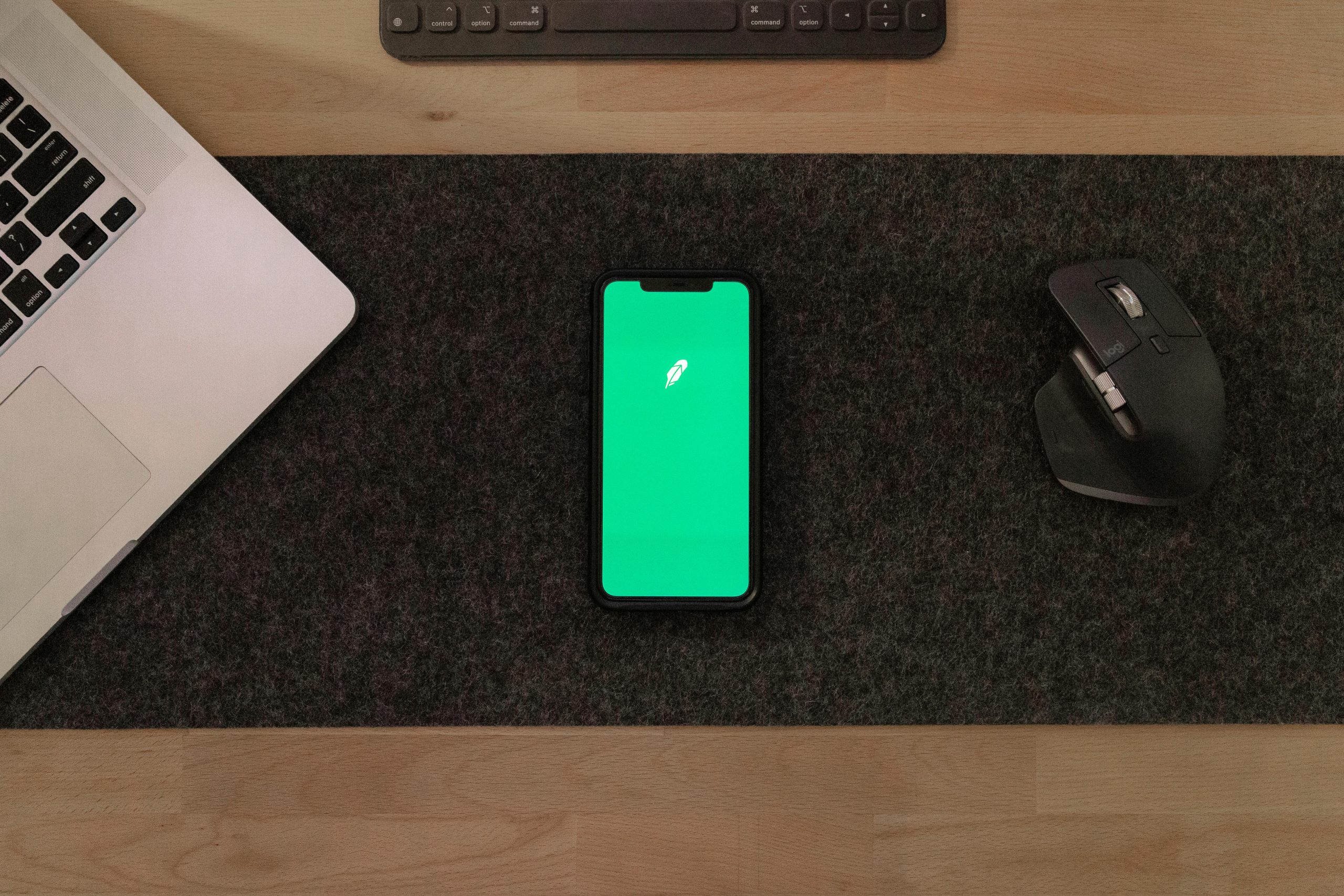Embracing Minimalism: The Beauty of Simple Websites
In an era where design trends often push for complexity and flair, I find myself gravitating toward simplicity in web design. Am I alone in this preference? As someone with a creative spirit who loves merging technology with various passions, I believe that a website should prioritize clarity and function over unnecessary embellishments.
When I set out to build a webpage, my goal is not to create a visual spectacle filled with elements that may look appealing but ultimately detract from the user experience. Instead, I lean towards creating a clean and straightforward layout that conveys essential information effectively. A well-designed minimalistic website empowers users by offering them what they need without overwhelming them with excess.
There’s a certain charm in embracing simplicity. A minimalist approach allows the core message to shine, fostering a direct connection with visitors and enhancing their overall experience. Whether it’s a portfolio, blog, or business site, the clarity that comes with a straightforward design can often lead to a more impactful interaction.
So, I wonder, are there others out there who share this vision? Let’s celebrate the elegance of simplicity and the meaningful engagement it brings to the web.


2 responses to “Does anyone prefer designing simple, minimalistic websites?”
You’re certainly not alone in your appreciation for simple, minimalistic website designs! Many web designers and developers find that less can often be more, especially when it comes to enhancing user experience and conveying a message effectively. The minimalist approach is not only about aesthetic appeal; it also serves practical purposes that can significantly benefit both the creator and the audience.
The Benefits of Minimalistic Design
Improved Usability: Minimalist designs prioritize essential elements, making it easier for users to navigate and find the information they need. By eliminating unnecessary clutter, visitors can focus entirely on the content, which often leads to higher engagement levels.
Faster Load Times: Simplicity in design typically results in faster loading times. Websites filled with heavy graphics, animations, and excessive scripts can slow down performance, leading to higher bounce rates. A minimalistic site can improve speed and deliver a better overall user experience.
Mobile Responsiveness: With a growing number of users accessing websites on mobile devices, minimalistic designs tend to translate better to various screen sizes. Since the layout is simpler, it can be adjusted easily without sacrificing functionality or aesthetic appeal.
Easier Maintenance: Simple designs often require less ongoing maintenance. Fewer elements mean fewer opportunities for bugs or errors, allowing you to focus on content updates and improvements rather than troubleshooting complex visual features.
Practical Tips for Creating Minimalistic Websites
If you’re interested in building a minimalistic website, here are some practical tips:
Focus on Content: Prioritize high-quality content by using clear typography, ample whitespace, and logical organization. Consider what message you want to convey and build around that.
Choose a Limited Color Palette: A restrained color palette can create a sense of cohesion and focus. Stick to two or three colors that evoke the desired mood or tone of your site.
Utilize Quality Images Sparingly: When using images, opt for high-quality visuals that contribute meaningfully to the context. Sometimes a single, impactful image can be more effective than multiple images that distract from the content.
Implement Effective Call-to-Action Buttons: Even in a minimalistic design, clear call-to-action buttons are essential. Ensure they are noticeable and use concise, action-oriented text.
Experiment with White Space: Don’t underestimate the power of white space, or negative space, in design. It allows for better readability and helps guide users’ attention to the most important elements.
Select the Right CMS and Themes: If you’re using WordPress, many themes cater specifically to minimalistic styles. Look for themes that emphasize simplicity and offer customization options without overwhelming you with features.
Conclusion
By embracing minimalism in your web design, you harness the power of clarity and efficiency, both of which can significantly enhance user experience. The focus on purposeful elements allows you to communicate your creative vision while keeping the site functional and approachable. It’s a philosophy that resonates particularly well in today’s fast-paced digital world, where users appreciate straightforward and direct interactions. If you continue to explore this design approach, consider gathering feedback from your audience to refine your style even further. Your unique blend of creativity and technical acumen will undoubtedly lead to the creation of impactful web experiences.
Absolutely, I resonate with your perspective on minimalistic web design! There’s something profoundly powerful about simplicity — it allows users to focus on the content and message without distractions. In today’s fast-paced digital landscape, where attention spans are fleeting, a clean and uncluttered design can significantly enhance user engagement.
Moreover, from a practical standpoint, minimalistic design can improve site performance. Fewer design elements often lead to faster loading times, which is crucial for both user satisfaction and Search Engine Optimization. It also ensures that the site is more accessible across various devices, leading to a more inclusive experience for all users.
One thing I’ve noticed is that simplicity often equates to effectiveness; a well-structured minimalist site can guide users effortlessly through the desired actions, whether that’s making a purchase, signing up for a newsletter, or exploring a portfolio.
I think the key is finding that delicate balance between aesthetics and functionality. While minimalism celebrates straightforwardness, the challenge lies in ensuring the design is still visually appealing without overwhelming the user. It’s this art of restraint that creates a lasting impression.
I’d love to hear more about how others in the community implement minimalism in their designs. Are there specific principles or tools you utilize to achieve this? Let’s continue this dialogue!